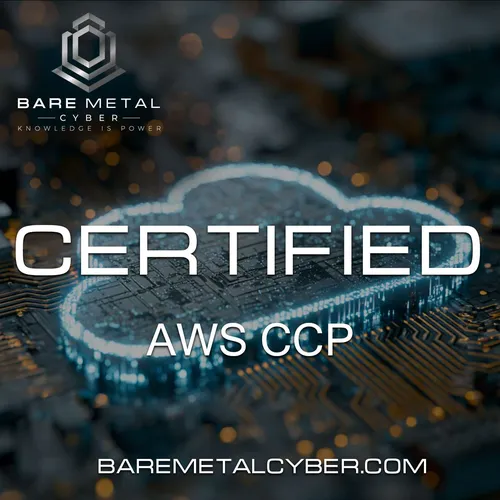Episode 77: Security Groups vs. NACLs
- Author
- Jason Edwards
- Published
- Sun 31 Aug 2025
- Episode Link
- https://share.transistor.fm/s/73443e0c
In this episode, we dive into the differences between Security Groups and Network Access Control Lists (NACLs), two key AWS features used to control access to your resources in a VPC. While both serve the purpose of controlling inbound and outbound traffic, they operate at different layers within the network. Security Groups are stateful firewalls that operate at the instance level, meaning they allow or deny traffic to and from EC2 instances based on defined rules. We’ll walk you through how to configure security groups for various use cases, such as allowing SSH access to instances or securing web applications with HTTP/HTTPS rules.
In contrast, NACLs are stateless firewalls that operate at the subnet level, controlling traffic entering or leaving a subnet. We’ll explain the key differences between Security Groups and NACLs, when to use each, and how they complement each other to provide layered security. By the end of this episode, you’ll understand how to configure both Security Groups and NACLs to secure your AWS environment and prevent unauthorized access. Produced by BareMetalCyber.com, your trusted resource for expert-driven cybersecurity education.
